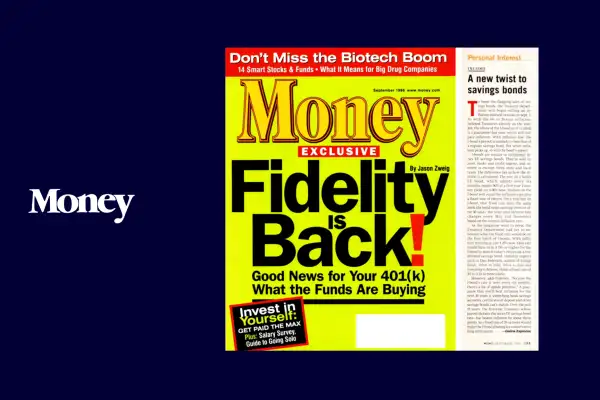Money Classic: How I Bonds Went From Not to Hot (1998)

Money is turning 50! To celebrate, we’ve combed through decades of our print magazines to uncover hidden gems, fascinating stories and vintage personal finance tips that have (surprisingly) withstood the test of time. Throughout 2022, we’ll be sharing our favorite finds in Money Classic, a special limited-edition newsletter that goes out twice a month.
This excerpt, featured in the 20th issue of Money Classic, comes from a story in our September 1998 edition.
To boost the flagging sales of savings bonds, the Treasury Department will begin selling an inflation-indexed version on Sept. 1. As with the 10- to 30-year inflation-indexed Treasuries already on the market, the allure of the I bond (as it's called) is a guarantee that your return will outpace inflation. With inflation low, the I bond's payout is unlikely to beat that of a regular savings bond. But when inflation picks up, so will the bond's appeal.
I bonds are similar to traditional Series EE savings bonds. They're sold by most banks and credit unions, and interest is exempt from state and local taxes. The difference lies in how the interest is calculated. The rate on a Series EE bond, which adjusts every six months, equals 90% of a five-year Treasury yield — or 5.06% now. Interest on the I bond will equal the inflation rate plus a fixed rate of return. Once you buy an I bond, that fixed rate stays the same until the bond stops earning interest after 30 years. But your total interest rate changes every May and November based on the current inflation rate.
As the magazine went to press, the Treasury Department had yet to announce what the fixed rate would be on the first batch of I bonds. With inflation running at just 1.25% now, that rate would have to be 3.75% or higher for the I-bond to match today's return on a traditional savings bond. Industry experts such as Dan Pederson, author of Savings Bonds: When to Hold, When to Fold and Everything in Between, think a fixed rate of 3% to 3.5% is more likely.
However, adds Pederson, "because the I bond's rate is reset every six months, there's a lot of upside potential." A guarantee that you'll beat inflation for the next 30 years is something bank savings accounts, certificates of deposit and other savings bonds can't match. Over the past 15 years, the five-year Treasury — whose payout dictates the Series EE savings bond rate — has beaten inflation by about three points. So a fixed rate of 3% or more would make the I bond alluring for conservative long-term savers.